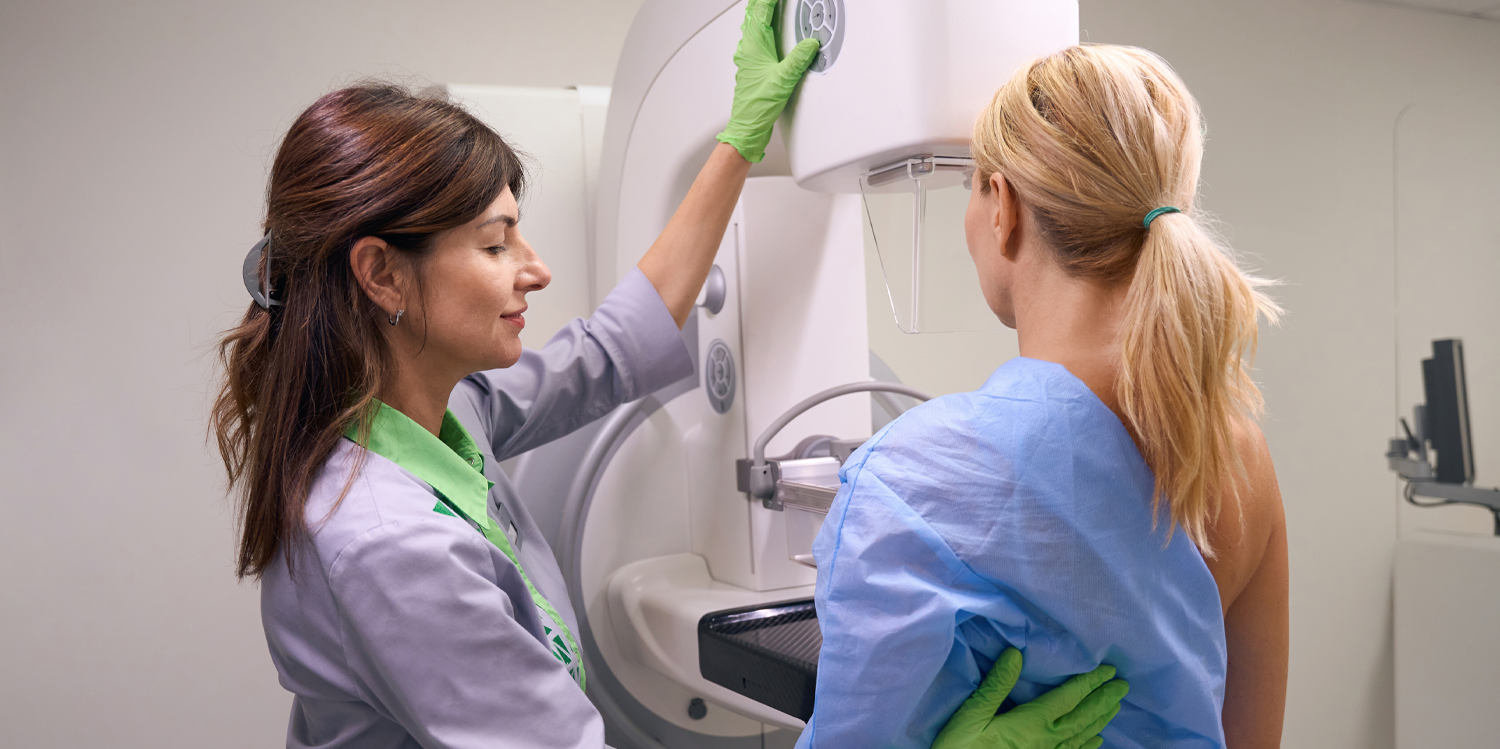
Breast cancer advocates are calling for a unified approach to reporting breast density to better inform women who are at an increased risk of developing the disease.
Some 10% of women have high breast density, which significantly increases the risk of developing breast cancer and impacts the effectiveness of detecting the disease through 2D mammography.
Breast Cancer Network Australia wants breast density to be reported through Australia’s national screening program, BreastScreen.
Western Australia is one of only two states to notify women of their breast density during routine screening through BreastScreen WA, the second being South Australia.
BreastScreenWA advises women in writing to consult their GP for a clinical examination and for further advice on their breast cancer risk.
BCNA Director of Policy, Advocacy and Support Services Vicki Durston said Australia’s approach to population-based screening was not keeping pace with growing evidence that supported routine reporting of breast density so women could understand and manage their risk of breast cancer.
“Every woman has the right to know and understand her breast cancer risk through standardised breast density reporting,” Ms Durston said.
“For those identified as high-risk or with high breast density, it is essential that clear options and pathways are available to support early detection and proactive risk management.”
RELATED: Talk to your patients about the importance of breast checks
According to the WA Department of Health, every year more than 1,450 women in WA are diagnosed with breast cancer.
It is the most commonly diagnosed cancer in women nationally, claiming the lives of more than 3,300 people every year.
The Royal Australian and New Zealand College of Radiologists has recommended mandatory reporting of breast density in both screening and diagnostic settings, including BreastScreen services.
According to the College, women with higher breast density have a greater risk of developing breast cancer. Those with extremely dense breasts are at a 2.1-fold increased risk compared to women with lower density.
Dense breast tissue can also mask the presence of cancer, leading to an underdiagnosis, it said.
Standard 2D mammograms are less sensitive at detecting cancer in women with extremely dense breasts, with a sensitivity range of 57 to 71%, compared to 81 to 93% for those with less dense, fibrofatty breasts.
RELATED: Family History of Breast Cancer
Breast cancer patient Krysty Sullivan had a normal BreastScreen mammogram in 2019. Eleven months later she found a lump that was diagnosed with triple-negative breast cancer.
Ms Sullivan said she was concerned that her cancer was missed through her routine mammogram screening with BreastScreen.
“When I learned that the ‘all clear’ mammogram was actually not able to see my cancer due to my highly dense breasts, it really shook my trust in the healthcare system,” she said.
“Not knowing this left me vulnerable and delayed my cancer diagnosis and treatment by almost a year.”
Breast surgeon Dr Melanie Walker said there was a duty of care to provide women with as much information as possible about their breast health so they could make informed decisions.
“Women should be informed if they may be at higher risk due to their breast density to allow them the opportunity to have their risk assessed and a personal screening strategy designed,” she said.
Want more news, clinicals, features and guest columns delivered straight to you? Subscribe for free to WA’s only independent magazine for medical practitioners.
Want to submit an article? Email editor@mforum.com.au

